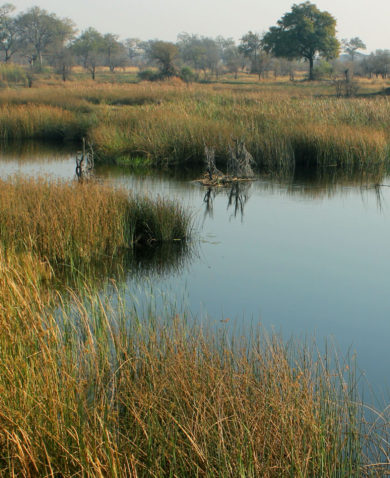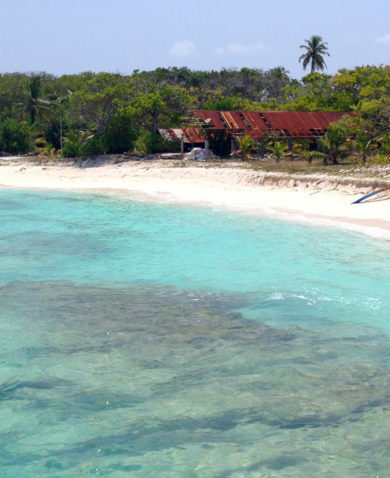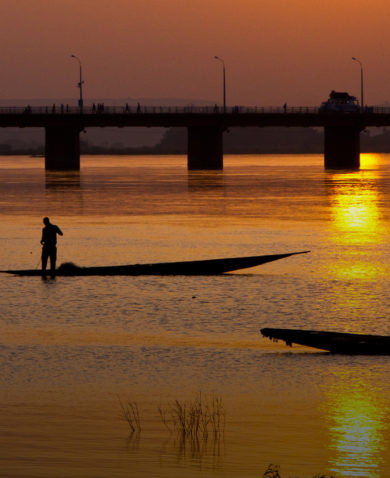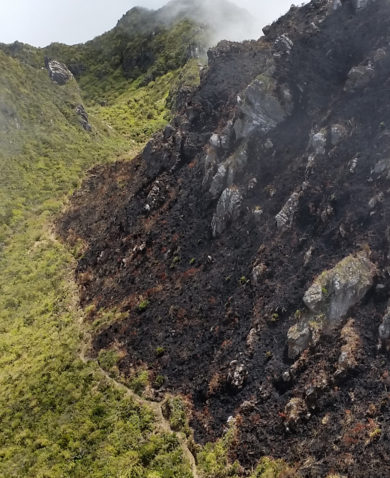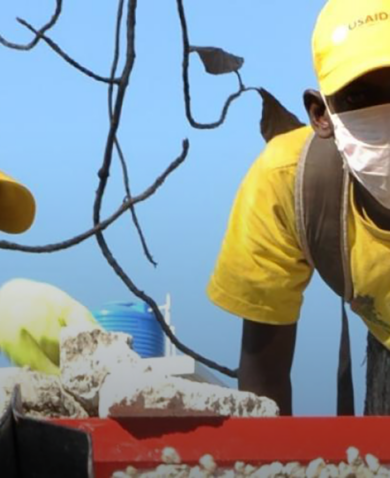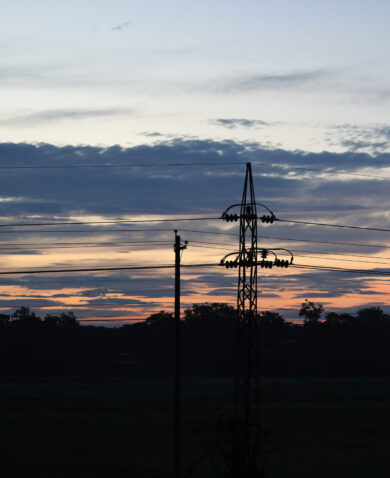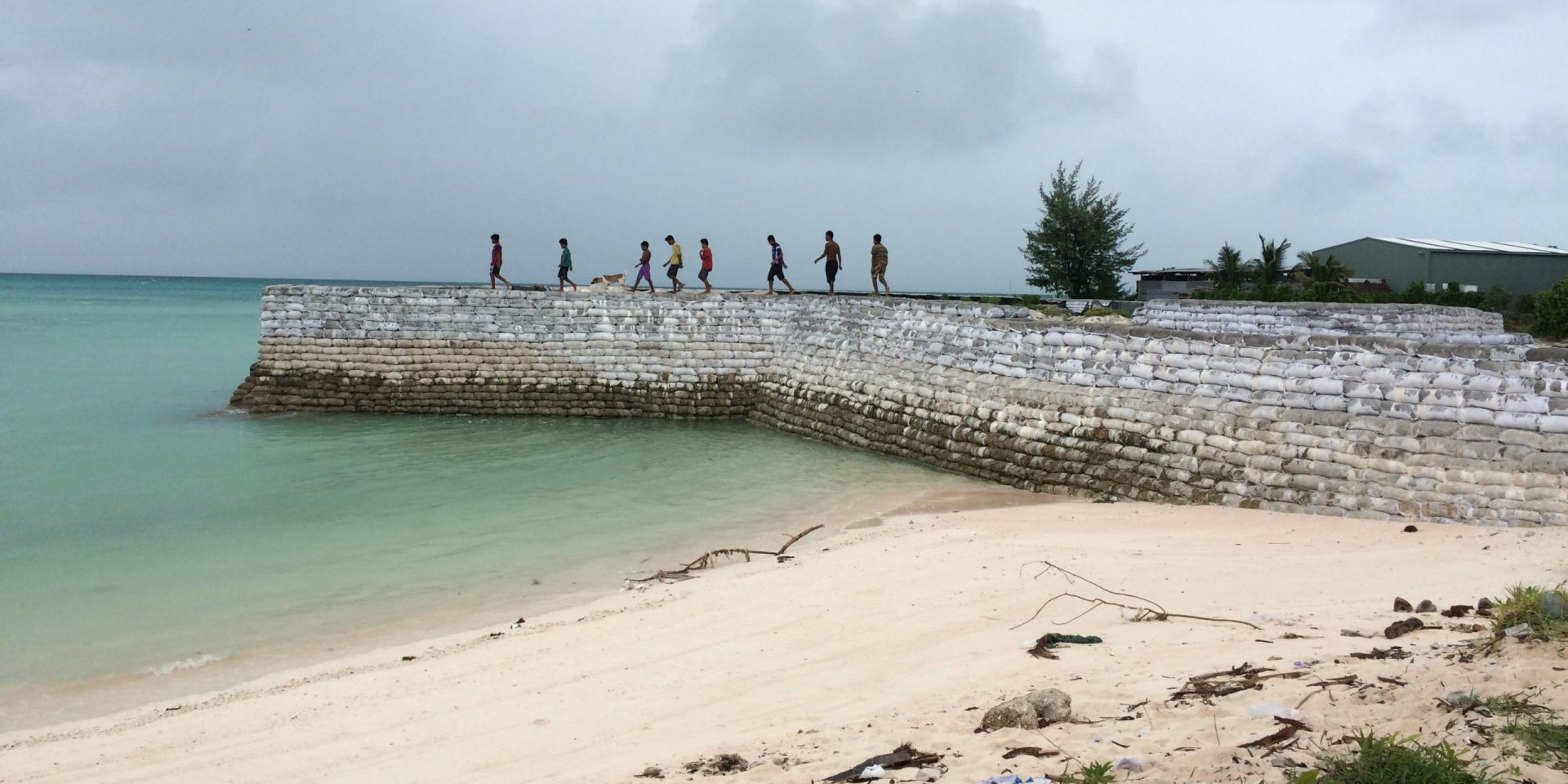
Why Glasgow’s Climate Talks Should Warm to Resettlement for Small Island States
June 3, 2021 | 4 Minute ReadRising sea levels brought about by global warming endanger climate-vulnerable islands. The enormity of the practical, psychological, and political challenges surrounding moving entire communities is sinking planned relocation efforts. Policymakers need logistical and strategic support, to share knowledge, and work with neighboring states to prioritize and initiate resettlement planning, argues Kristen Donnelly.
![]()
Small, low-lying islands are on the frontlines of climate change. From Isle de Jean Charles, Louisiana in the Gulf of Mexico, to Tuvalu and Kiribati in the Pacific, these populations not only face existential sea-level rise, but exacerbated economic and social fallout from an ever-warming world. While many states have fostered climate resilience by fortifying sea walls and improving water management systems, these actions are often insufficient and limited. Instead of postponing the inevitable, we should prioritize offering communities a durable, long-term solution that safeguards cultures and livelihoods.
Enter, Planned Relocation
In 2021, contemplating permanent resettlement is an unfortunate reality that many island-based indigenous communities must consider. Despite scientific experts and the international community sounding the alarm and pressing for urgent action and unity against climate change, some low-lying states may still vanish within this century.
Resettlement is the foreseeable outcome for many. Planning for migration as a climate change adaptation response is simply practical. It provides both assurance and insurance to those most impacted by climate change. Yet, conversations surrounding climate-induced migration are understandably fraught with political, logistical, and cultural resistance. Planned relocation still feels taboo in national and international policymaking circles.
The global community’s uneasiness surrounding state-led planned relocation is a testament to our collective failure to reduce carbon emissions. Accepting an uncertain future is an uncomfortable pill to swallow. As international leaders prepare for Glasgow’s United Nations Climate Change Conference, presidents and prime ministers from the world’s major economies will consider the plight of the tiniest archipelagos. The climate talks this November must cut through the tension surrounding migration and offer pragmatic and durable solutions for those most vulnerable.
Resettlement is a tragic but eventual outcome for many nations. And the time to prepare is now.
The Case of Kiribati
Kiribati, an island nation nestled in the middle of the Pacific Ocean, annually emits less than 0.01% of the world’s share of carbon dioxide yet is profoundly impacted by climate change. It faces a wealth of environmental challenges: coastal erosion, salination of freshwater sources, sea-level rise — the list goes on — and these issues spell widespread insecurity for the I-Kiribati (the people of Kiribati).
For decades, Kiribati has advocated for a unified global response to climate change. Its National Adaptation Program aimed to improve coastal infrastructure, freshwater supply, and promoted ‘migration with dignity’ through resettlement. In 2014, Kiribati’s President Anote Tong finalized the purchase of 20 square kilometers in Fiji as part of Kiribati’s climate change adaptation strategy. This deal signaled the gravity of climate change, and its consequences, to the I-Kiribati and the world.
Shifting political sands saw Tong replaced by Taneti Maamau in 2018. Even though climate change continues to displace residents, Kiribati’s new land remains unoccupied. In February, President Maamau announced that, with support from China, the land would be used for agriculture. Details remain scant, and a clear, secure migration pathway for the I-Kiribati has yet to emerge.
This policy change demonstrates how capricious planned relocations are: the political will, power, financial backing, and logistical support must be in place for relocations to come to fruition. Questions surrounding citizenship, land rights, and self-determination all come into play. What’s more, some people simply don’t want to relocate. The international community must sustainably invest in resettlement schemes to minimize political and logical burdens and maximize human security for the most vulnerable.
Is Planned Relocation Taboo?
As part of COP 16 in 2010, the UN first formally recognized planned relocation as a reasonable response to the climate crisis. Bolstered by academic research, planned relocation discussions have continued in subsequent climate talks. Over a decade later, few countries have developed durable plans for large-scale migration. Many nations have contemplated similar challenges, as seen in Kiribati, but instead elected to focus on short-term resilience. Planned relocation is a long-term solution that provides peace of mind for generations to come. However, the planning must start now.
At the root of policymakers’ reticence is the perception that planned relocation is a failure of adaptation, rather than a form of it. Further, bureaucracy takes its toll, as administrative, financial, and operational challenges make it difficult for communities to reach a consensus.
In contrast to the immediate rewards of short-term adaptation, coordinated resettlement is a difficult long-term investment. Frankly, it is challenging to point to an example of a successful state-led relocation. Nonetheless, countries have a responsibility to protect and serve their populations. Planning for relocation sooner rather than later can provide the time and space many need to prepare for and strategize such transitions. Policymakers must consider the long-term gains and future livelihoods of existing populations and generations to come.
Looking to Glasgow
During the height of the COVID-19 pandemic, I spoke to the former President of Kiribati, His Excellency Anote Tong, over Zoom. He mused, “imagine if we could unify the same way in response to climate change.” The lengths state actors have gone to protect their populations during the pandemic provide a template for the climate crisis. Now, the same urgency driving coordinated action needs to be directed towards low-lying island communities.
Considering planned relocation, global leaders in Glasgow should commence conversations that move beyond the unthinkable, yet inevitable, reality of countries disappearing and find pathways for international cooperation. Recognizing past relocation shortfalls, the UN can develop planned relocation blueprints. Leaders can initiate and facilitate regional talks on how to best support low-lying vulnerable communities and create migration pathways.
In the face of climate change, not every community, nor every person, will resettle. But some will need to. Relocation is inescapable, and it is the responsibility of government leaders to offer a pragmatic path forward. Alongside the short-term climate adaptation responses seen throughout the world, prioritizing planned relocation can increase resilience and ensure human security in the long term.
*Banner photo caption: A group of young people walk along a sea wall in Tarawa, Kiribati (Paul Heller/Chemonics 2016).
Posts on the blog represent the views of the authors and do not necessarily represent the views of Chemonics.







